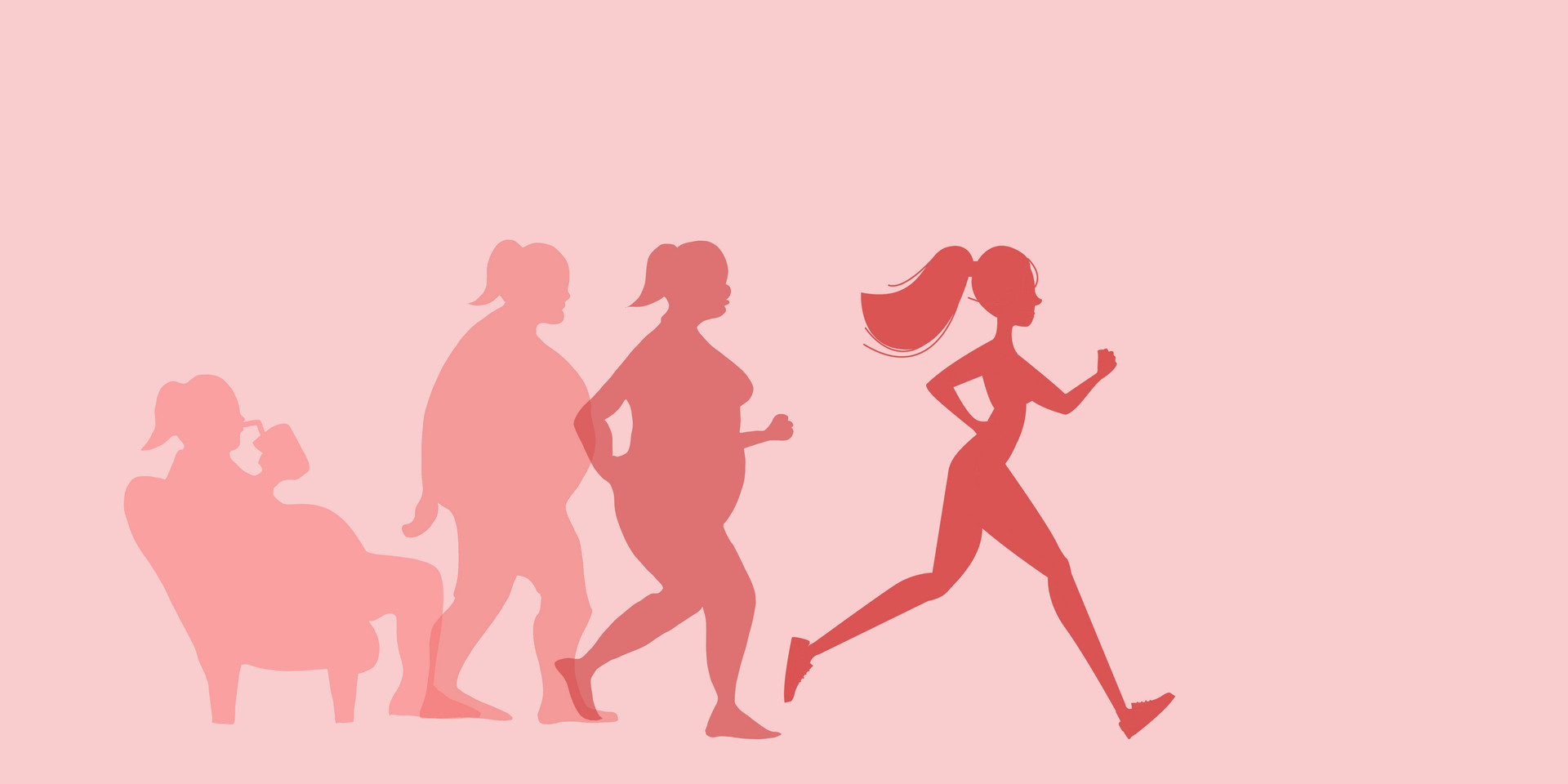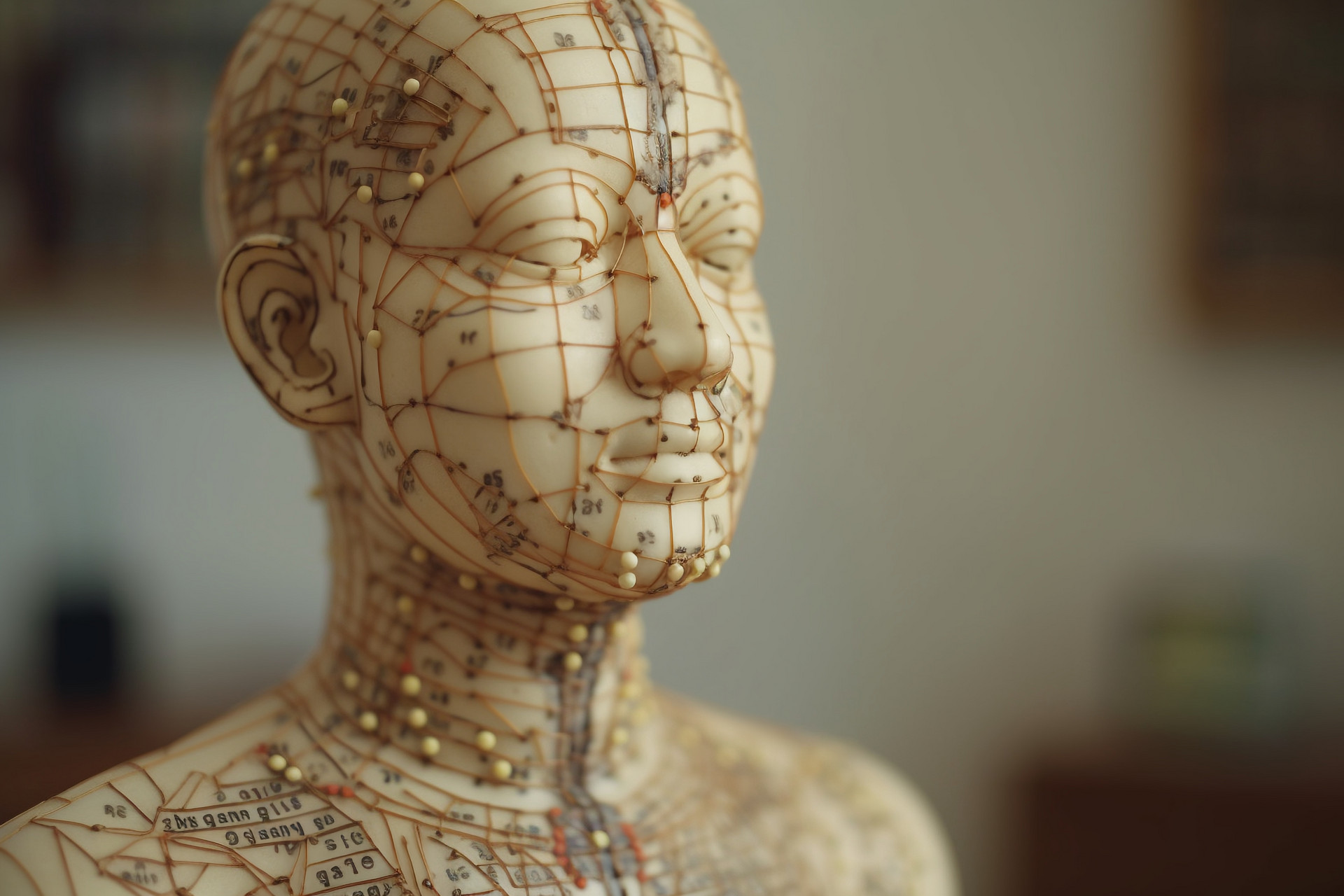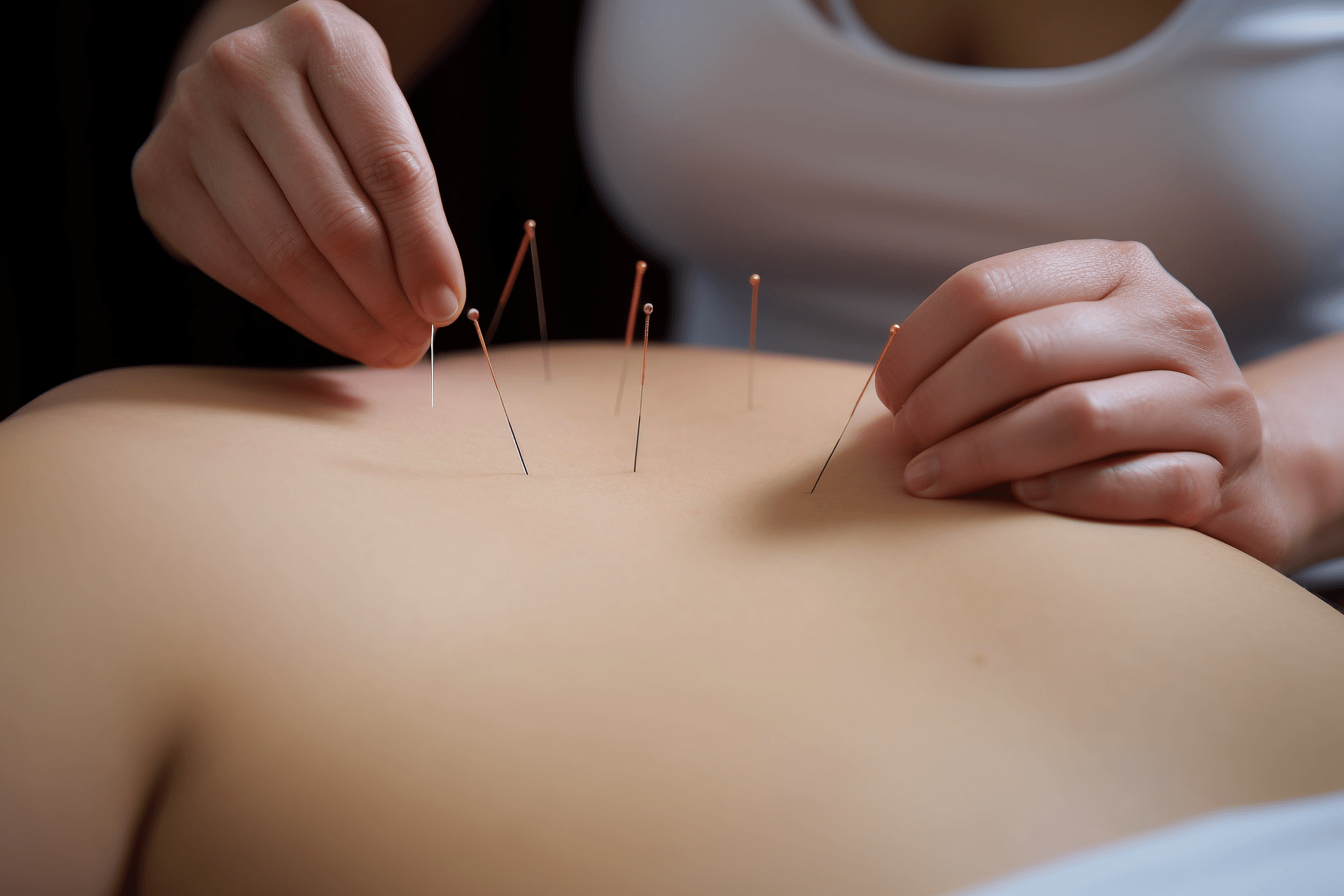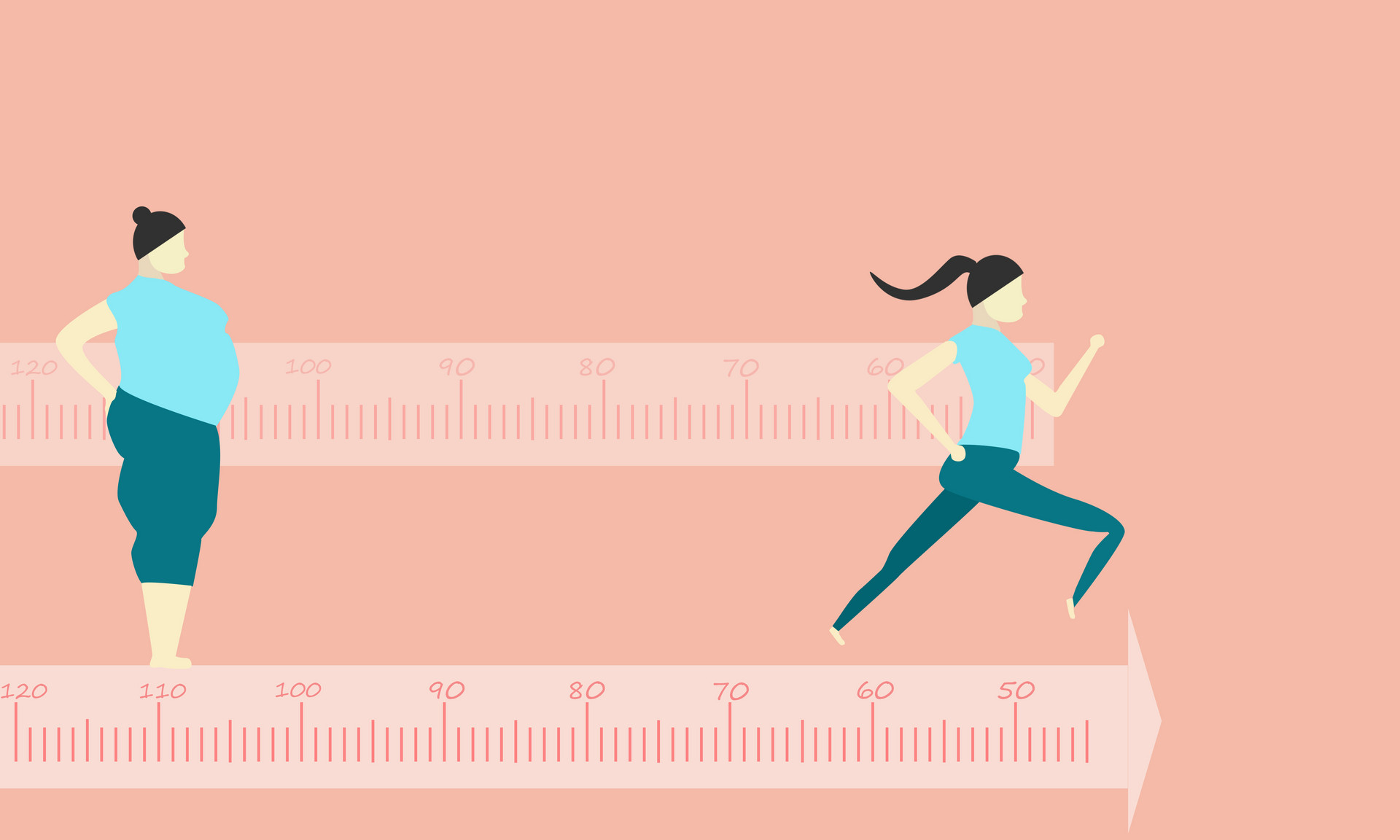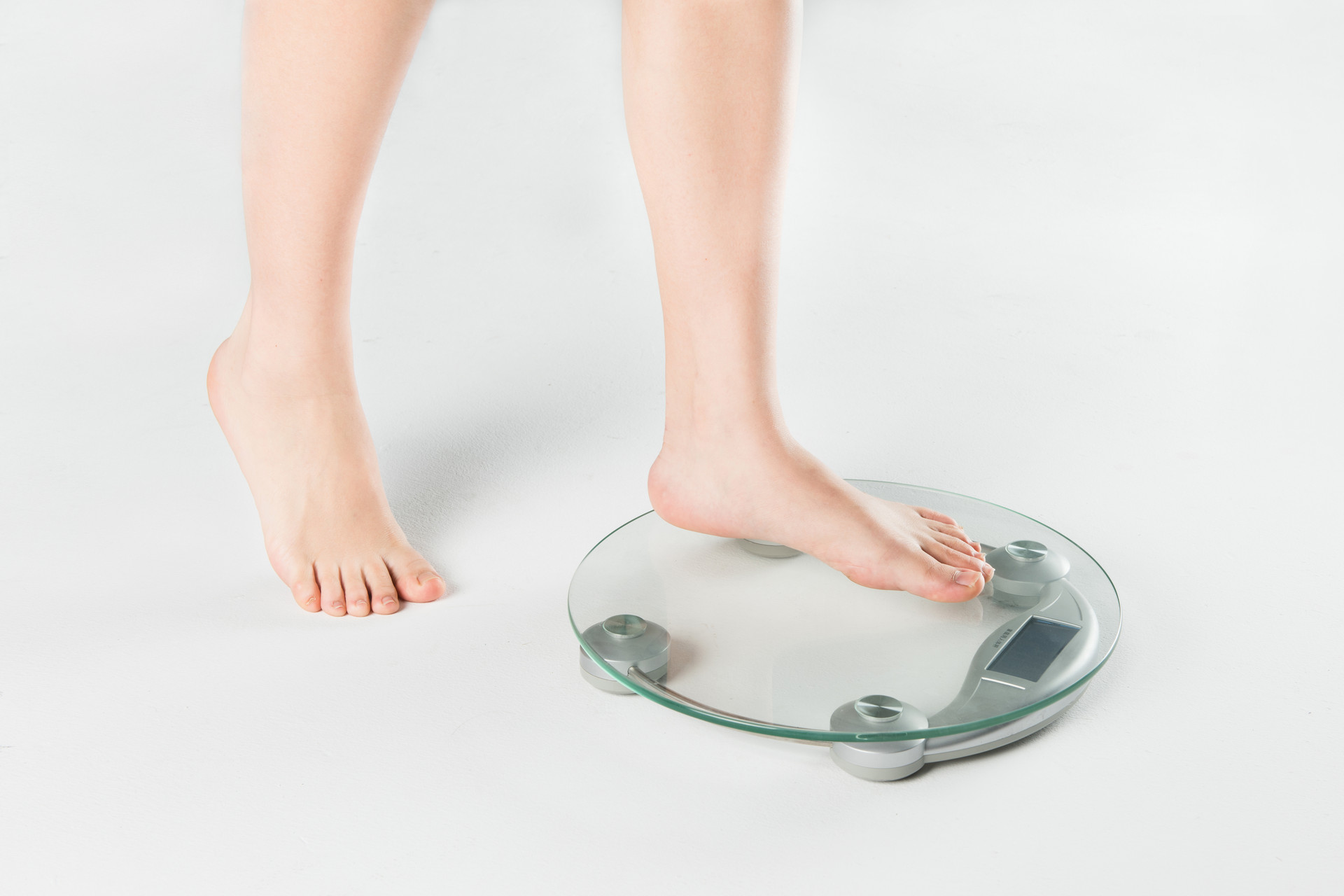
The Spring Festival has quietly passed. During the holiday, visiting relatives and entertaining friends, it is inevitable to eat and drink well. In just a few days, you accumulate excess fat and weight gain becomes a problem for many people after the holiday, especially for those who are already overweight. As the saying goes, "If you don't lose weight in March, you will be miserable in April." This is the perfect time for weight loss as spring blossoms. Obesity not only does not conform to the modern definition of beauty, but it also easily leads to the occurrence of diseases and worsens existing conditions, such as cardiovascular and cerebrovascular diseases.
Weight loss has always been a topic of great concern to the public. Many people blindly follow various weight loss methods and products, which often leads to misguided choices. Traditional Chinese medicine has certain advantages in treating obesity, and Chinese medicine weight loss is also popular among the public. However, due to the holistic view and the core idea of syndrome differentiation and treatment in traditional Chinese medicine, it is important to use Chinese medicine and methods for weight loss with caution.
Different treatments for different conditions
Traditional Chinese medicine has long recognized obesity, as seen in various ancient works. For example, the book "Plain Questions - General Evaluation of Vacuity and Repletion" states: "If a person is fat and rich, it is a disease caused by excessive indulgence in rich food." This indicates that the cause of obesity is due to excessive consumption of rich and greasy food and lack of exercise. Therefore, the first step in weight loss is to "control your diet and exercise." In addition to excessive eating and insufficient physical activity, obesity is also related to factors such as genetics, gender, age, and geographic location. For example, the number of obese women is significantly higher than that of men. In terms of the causes of obesity, Chinese medicine believes that it is mainly due to "excessive phlegm" and "insufficient qi". On the one hand, due to insufficient lung, spleen, and kidney yang qi, the qi and blood fluid cannot circulate properly, leading to the formation of a damp-phlegm constitution. On the other hand, obese people have little physical activity, which leads to qi deficiency or the accumulation of adipose tissue, resulting in the inability of qi, blood, and fluid to transform and circulate properly.
Through long-term accumulated experience, clinical doctors have summarized several different treatment methods. Due to the "excessive phlegm" in obese people, symptoms such as shortness of breath, chest tightness, and dizziness may occur, as well as irritability, headaches, and poor sleep. In this case, it is appropriate to choose a method that can resolve phlegm and widen the chest, such as Zhang Zhongjing's Gualou Xiebai Decoction, which is commonly used to treat chest pain. The Fructus Aurantii Immaturus in this formula can widen the chest and resolve phlegm. When combined with Chenpi and Banxia, it becomes the Wenzhan Decoction, which is often used to treat obesity with excessive phlegm-dampness, palpitations, and insomnia. Chenpi, with its fragrant aroma, can regulate qi, resolve phlegm, and is also a good food therapy for reducing cholesterol. If there is blood stasis obstruction in obese individuals, such as menstrual disorders in women or the presence of purple spots on the tongue, the method of promoting blood circulation and removing blood stasis can be used to reduce fat, such as the ancient formula Foshou San, which is good at promoting blood circulation, regulating menstruation, and relieving pain. Most obese people have a strong and robust constitution. If they have constipation, they need to use the method of purging and promoting bowel movements to eliminate excess fat and impurities. Da Huang is a purgative herb that has the function of reducing cholesterol and weight. Many types of weight loss tea on the market also contain laxatives, and this method can achieve the goal of weight loss. Eating oily and greasy food often leads to bloating, acid regurgitation, foul taste in the mouth, and greasy tongue coating. By early use of hawthorn, barley sprouts, and radish seeds, digestion can be improved. For those with excessive dampness and phlegm or abnormal water metabolism, diuretic therapy can be used, such as consuming winter melon, tea tree roots, and corn silk, which have the effect of promoting urination and eliminating dampness.
In addition, in daily life, it is advisable to consume foods that have the effect of slimming and weight loss, such as cucumber, apple, radish, chrysanthemum greens, spinach, celery, cabbage, lotus leaf, bitter gourd, tomato, tea, oats, and coix seed.
Combining acupuncture and medication, embedding acupuncture points
In addition to taking Chinese herbal medicine and compound formulas, acupuncture can also be used for weight loss. Acupuncture is the essence of traditional Chinese medicine. Acupuncture for weight loss is simple, safe, effective, and less likely to rebound. It has no toxic side effects. There are two main types of acupuncture points: body acupuncture points and ear acupuncture points. The combination of both is more effective than using body or ear acupuncture points alone. Ear acupuncture mainly focuses on acupuncture points related to the spleen and stomach digestive system, such as hunger point, stomach, spleen, mouth, esophagus, and cardiac sphincter. In addition, there are also shenmen, endocrine, sympathetic, large intestine, and lung points. As for body acupuncture points, different schools have their own strengths. Generally, acupuncture points are selected based on syndrome differentiation, disease differentiation, symptomatic treatment, and special principles. Commonly used acupuncture points include Zusanli, Sanyinjiao, Shangjuxu, Tianshu, Guanyuan, and Piyu. Secondary acupuncture points such as Quchi, Gongsun, Fenglong, Zhongwan, Zhigou, Qihai, and Ganshu are also commonly used.
To solve the problem of long treatment duration and short needle retention time in traditional acupuncture for weight loss, the concept of embedding acupuncture points has been introduced in clinical practice. Embedding acupuncture is an extension and development of acupuncture for weight loss. By implanting protein threads into specific acupuncture points, the threads can provide continuous and effective stimulation to the acupuncture points (acting as long-lasting needles). The threads naturally dissolve and are absorbed by the body in 10 days to 3 months. This method can achieve the goal of weight loss by suppressing excessive appetite and inhibiting excessive gastrointestinal digestion and absorption in patients. On the other hand, this method can stimulate the sluggish autonomic nervous system of obese individuals, activate its function, increase energy consumption, and promote the decomposition of body fat. Therefore, weight loss achieved through embedding acupuncture targets body fat rather than water, and it ensures the health and vitality of the body during the weight loss process, with an extremely low rebound rate. Although embedding acupuncture for weight loss has significant effects and is safe and reliable, there are still risks if blindly implemented without careful consideration. It should be carried out in regular hospitals and by qualified acupuncturists.
In addition to acupuncture for weight loss, methods such as cupping and meridian massage are also characteristic methods of traditional Chinese medicine for weight loss and can be considered.
Reasonable exercise is essential
Exercise is one of the healthy and effective methods of weight loss. As the saying goes, "Control your diet and exercise." Scientific and reasonable exercise can make weight loss more efficient. Moderate endurance exercises, such as walking, are popular among middle-aged and elderly individuals with obesity because they effectively reduce body fat. Moreover, walking burns fat more effectively than intense exercise, and it can also enhance muscles. Other exercise methods such as jogging, cycling, swimming, and hiking can all achieve the goal of strengthening the body and reducing fat and weight. Adapt to local conditions and choose exercises such as running in place, jumping rope, and climbing stairs.
It is important to avoid blind exercise. Warm up before exercising, pay attention to proper exercise techniques during the process, and most importantly, be consistent and avoid being inconsistent in exercise habits.


